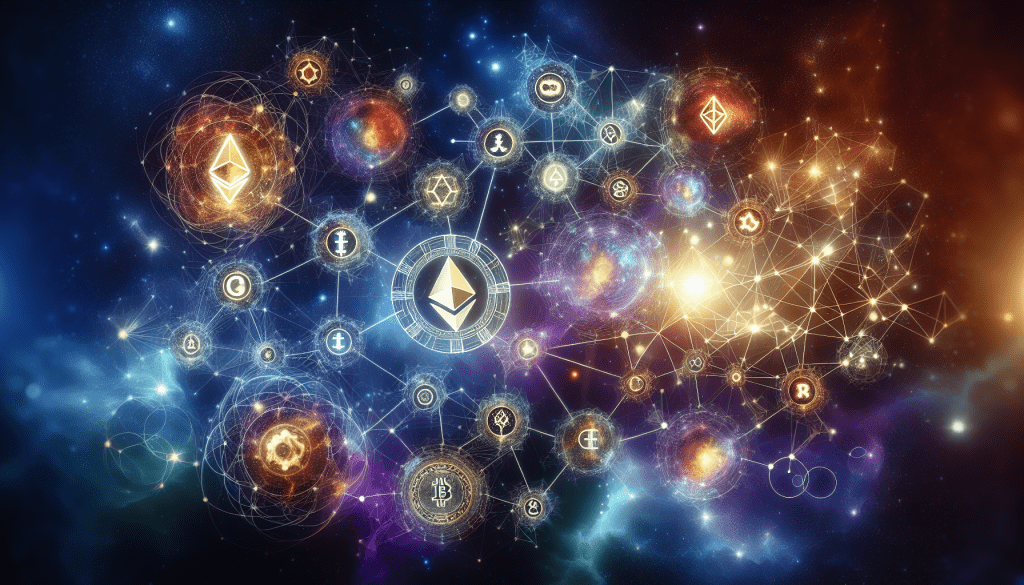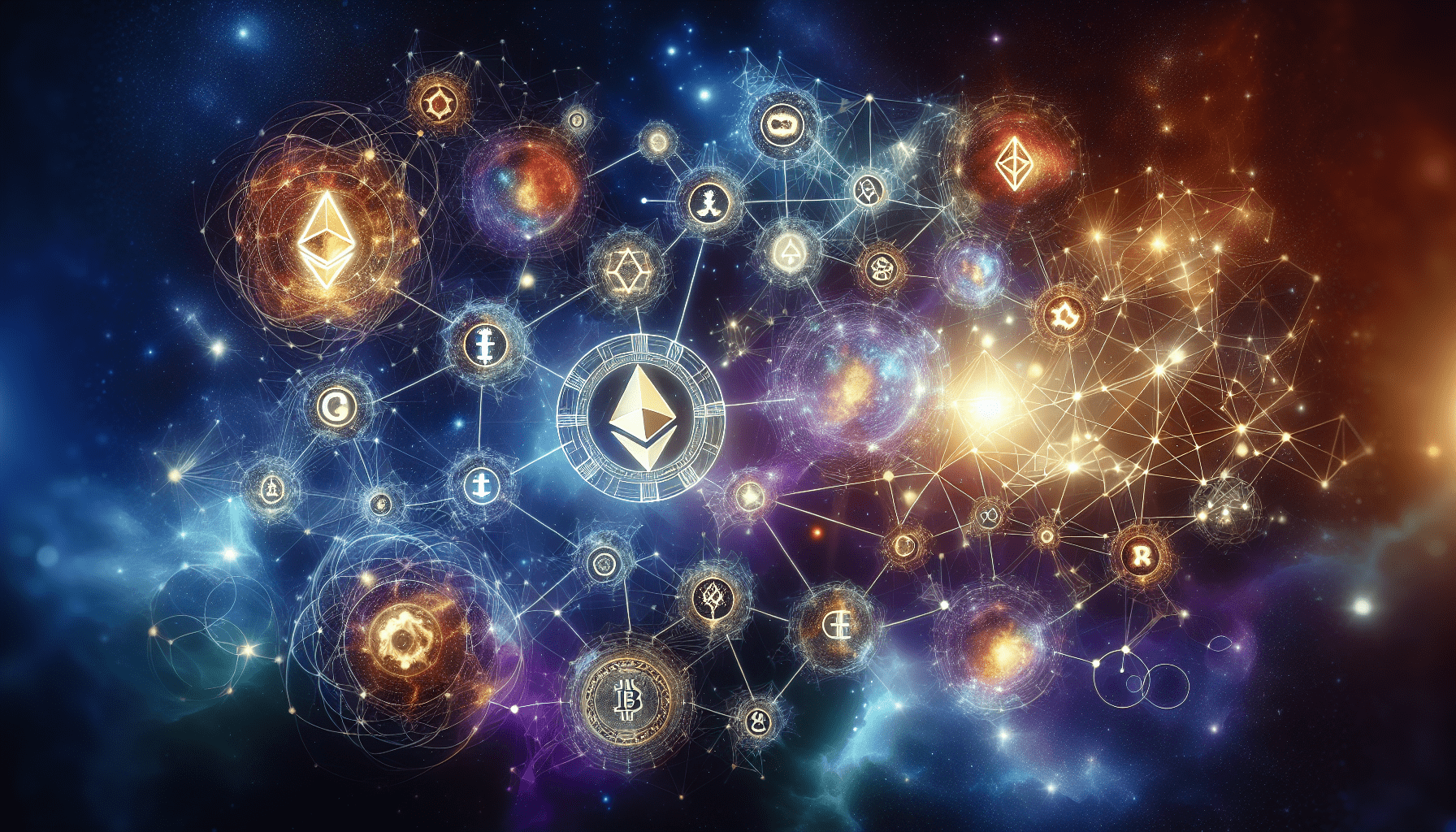/ Dec 01, 2025
Trending


Non-Fungible Tokens (NFTs) have become a revolutionary force within the blockchain industry, offering a new means of digital asset ownership. While Ethereum has traditionally been the primary network for NFTs, recent developments indicate a pivot towards lesser-known blockchain ecosystems. This transition heralds new opportunities and challenges in the world of digital assets.
The demand for scalable, cost-effective, and environmentally friendly solutions has driven NFT creators and investors to explore alternative blockchain platforms. Here are some emerging networks gaining traction:
Tezos, known for its energy-efficient proof-of-stake consensus mechanism, offers a sustainable platform for NFT developers. Its self-amending blockchain allows seamless upgrades without hard forks, attracting those interested in long-term NFT projects.
With a focus on scalability, Flow is designed specifically for games and digital collectibles. Having powered projects like NBA Top Shot, Flow provides an infrastructure that balances speed and user experience, making it a formidable contender in the NFT space.
Originally known as Matic Network, Polygon offers a layer-2 scaling solution for Ethereum, enhancing transaction speed and reducing costs. Its compatibility with Ethereum has made it a comfortable yet innovative choice for NFT platforms seeking expansion.
The decentralization of the NFT market across various blockchain networks is reshaping economic and creative landscapes. Consider these advantages:
High gas fees on Ethereum have been a significant barrier to NFT adoption. Lesser-known networks like Polygon and Flow offer significantly reduced costs, promoting broader accessibility for both creators and collectors.
Networks such as Flow are specifically built to handle large volumes of transactions, offering greater scalability than Ethereum. This aspect is crucial during peak trading periods when transaction bottlenecks can occur.
Tezos’ proof-of-stake protocol significantly reduces carbon footprint compared to traditional proof-of-work models, appealing to the environmentally conscious portion of the NFT community.
The evolving technology landscape continues to push the boundaries of what’s possible with NFTs. Key innovations include:
As users demand greater flexibility, cross-chain technology is becoming pivotal. Platforms are developing interoperability solutions, allowing NFTs to migrate seamlessly across different blockchains, fostering a more integrated digital asset ecosystem.
Artificial intelligence is starting to play a role in the creation and management of NFTs, offering generative art potential and personalized digital experiences. This can potentially revolutionize how content is produced and consumed.
As the NFT market grows, so does the regulatory scrutiny. Understanding the regulatory environment is vital for the sustainable growth of NFTs on alternative blockchains:
While some regions adopt progressive stances, encouraging innovation, others are enforcing stricter regulations on digital assets. This global discrepancy necessitates a careful navigation for NFT projects.
Anticipating regulatory changes is crucial. Projects must stay informed about evolving laws to ensure compliance and foster trust within the community, particularly when adopting lesser-known blockchain technologies.
The expansion of NFTs into lesser-known blockchain networks marks a critical phase in their evolution. By embracing a diverse set of platforms, the NFT market is not only overcoming existing limitations but also unlocking new potential. As the technology and regulatory
Stay ahead with Blockchainooz! Get daily updates on industry insights, market trends, and innovative blockchain technology—all in one place. Perfect for enthusiasts and investors looking to make informed decisions in the ever-evolving world of blockchain and crypto.